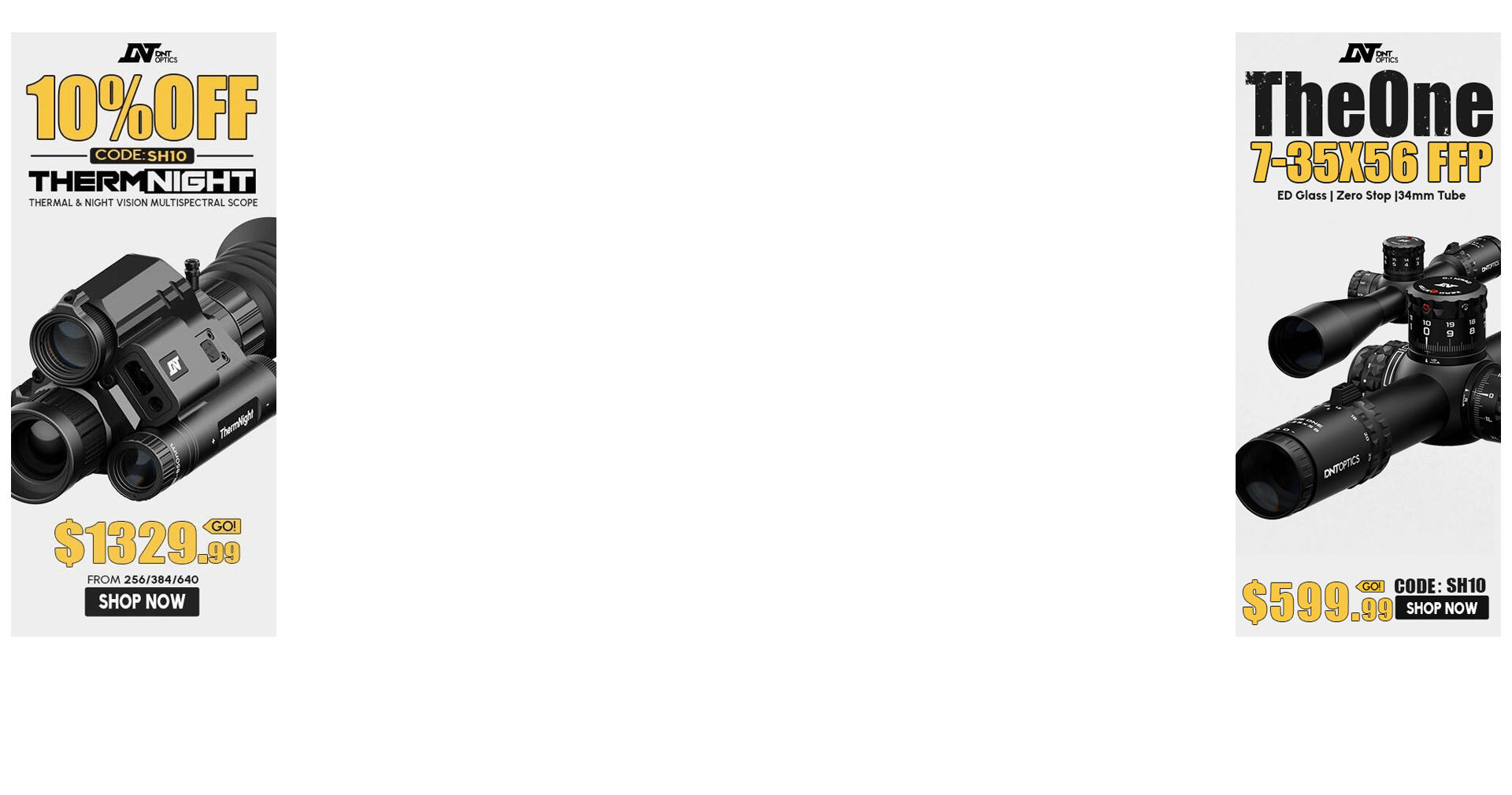Ok so I make my paper drop chart in JBM with a column giving me the additional clicks I need to come down or up on my elevation for every say 20hPa above or below my standard atmosphere data.
I get this data from JBM by changing the "Pressure" field with zero meters altitude and uncorrected pressure
When I am shooting, I change the reference altitude on my kestrel to zero meters above sea level, and then it gives me absolute pressure
Does anyone see any gaping flaws in this, I'm having a hard time thinking tonight.
If I used the corrected pressure from my Kestrel I'd have to do maths to work out the absolute pressure to make the data useful with my chart - ie take off 10hPa per 100meters of altitude above sea level to get my absolute pressure.
So it looks like
RANGE UP 1M/SWIND CLICK PER
METER MIL MIL 20hPa
100 0 0 0
200 0.5 0.1 0
250 0.9 0.1 0
300 1.3 0.1 0
350 1.7 0.1 0
400 2.2 0.2 0
450 2.7 0.2 0
500 3.2 0.2 1
550 3.7 0.2 1
600 4.3 0.3 1
650 4.9 0.3 1
700 5.5 0.3 2
750 6.2 0.4 2
800 6.9 0.4 2
850 7.6 0.4 2
900 8.4 0.4 2
950 9.3 0.5 2
1000 10.1 0.5 2
pressure numbers are made up there. using 140gr amax at 2780fps if you want to run it.
I get this data from JBM by changing the "Pressure" field with zero meters altitude and uncorrected pressure
When I am shooting, I change the reference altitude on my kestrel to zero meters above sea level, and then it gives me absolute pressure
Does anyone see any gaping flaws in this, I'm having a hard time thinking tonight.
If I used the corrected pressure from my Kestrel I'd have to do maths to work out the absolute pressure to make the data useful with my chart - ie take off 10hPa per 100meters of altitude above sea level to get my absolute pressure.
So it looks like
RANGE UP 1M/SWIND CLICK PER
METER MIL MIL 20hPa
100 0 0 0
200 0.5 0.1 0
250 0.9 0.1 0
300 1.3 0.1 0
350 1.7 0.1 0
400 2.2 0.2 0
450 2.7 0.2 0
500 3.2 0.2 1
550 3.7 0.2 1
600 4.3 0.3 1
650 4.9 0.3 1
700 5.5 0.3 2
750 6.2 0.4 2
800 6.9 0.4 2
850 7.6 0.4 2
900 8.4 0.4 2
950 9.3 0.5 2
1000 10.1 0.5 2
pressure numbers are made up there. using 140gr amax at 2780fps if you want to run it.


